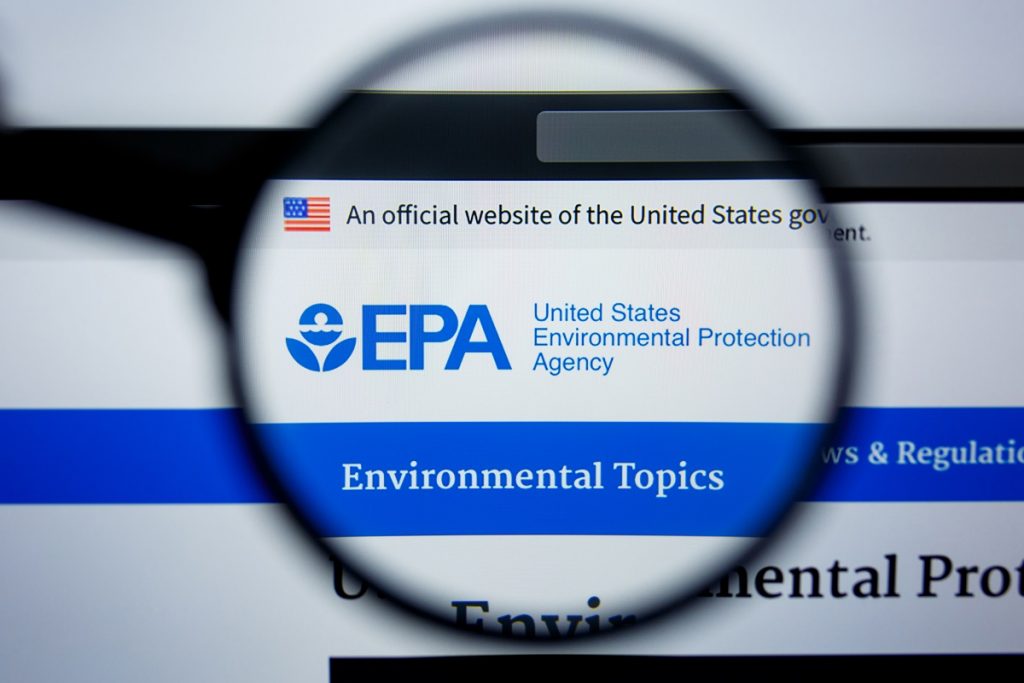EPA Announces Annual Increases for Civil Penalties
Each year, the EPA publishes annual inflationary increases to the fine amounts for civil penalties assessed under its authority.

Since 1996, federal agencies have been required to issue regulations adjusting for inflation the statutory civil monetary penalties that can be imposed under the laws administered by that agency. Adjustments to the penalty amounts are regulated by the Federal Civil Penalties Inflation Adjustment Act Improvements Act of 2015.
The adjusted penalty rates became effective on January 15, 2022. Examples of maximum penalty increases include:
- Clean Air Act (CAA) violations under 42 U.S. Code (USC) 7413(b): from $102,638 to $109,024 per day per violation;
- Clean Water Act (CWA) violations under 33 USC 1319(d):from $56,460 to $59,973 per day per violation;
- Resource Conservation and Recovery Act (RCRA) violations under 42 USC 6928(g): from $76,764 to $81,540 per day per violation;
- Safe Drinking Water Act (SDWA) violations under 42 USC 300g-3(b): from $59,017 to $62,689 per day per violation;
- Toxic Substances Control Act (TSCA) violations under 15 USC 2615(a)(1): from $41,056 to $43,611 per day per violation;
- Emergency Planning and Community Right-to-Know Act (EPCRA) violations under 42 USC 11045(a): from $59,017 to $62,689 per day per violation; and
- Federal Insecticide, Fungicide, and Rodenticide Act (FIFRA) violations under 7 USC 136: from $20,528 to $21,805 per day per violation.
While the increased maximum penalties may not impact the actual penalties the EPA seeks when dealing with a specific environmental violation, the Agency believes it is important that the maximum penalties reflect inflation in order to maintain the intended deterrent effect and promote compliance.


